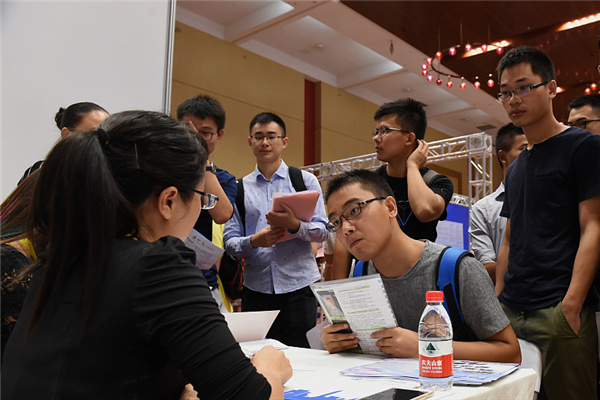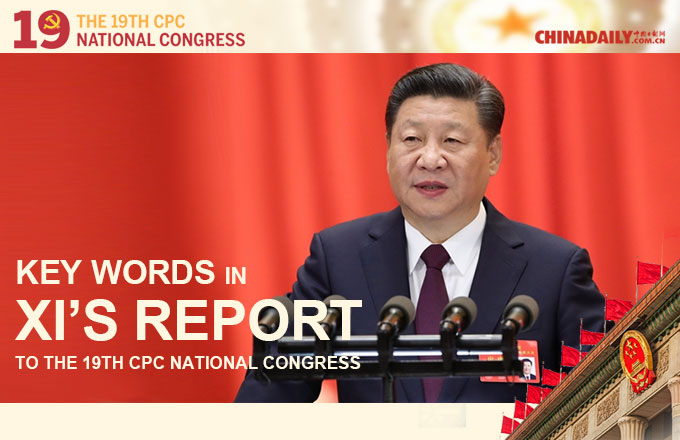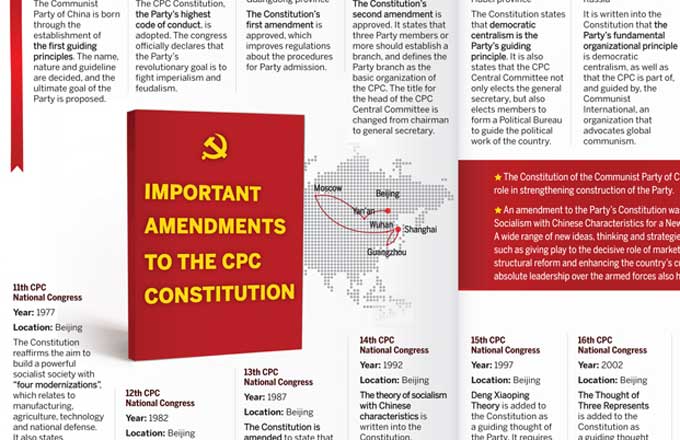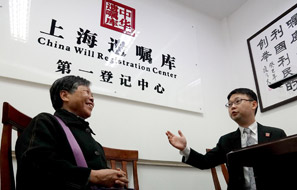Report: First-tier cities see declining demand for labor for first time
 |
|
A job seeker talks with a recruitment officer at a job fair in Chongqing, Sept 9, 2017. [Photo/VCG] |
China's job market continued its upward trend in the third quarter thanks to robust economic growth, according to a recent report by recruitment website Zhaopin.
The CIER index, designed to monitor China's job climate, increased from 2.26 in the second quarter to 2.43 in the third, revealing a stable and improving picture for the market, the report said.
The index, developed by the China Institute for Employment Research and Zhaopin, is the number of job vacancies divided by the number of job seekers. A reading above 1 means the labor demand outstrips labor supply.
The report said the uptrend is the result of a rising demand for labor and a decline in the number of job applicants.
In the third quarter, the Chinese economy continued to grow steadily, with gross domestic product up 6.8 percent year-on-year, which contributed to an increase in demand for labor, said the report.
The third quarter is generally a slack season for changing jobs in China, and most university students have not started looking for jobs at the beginning of a new semester. Both factors have brought down the number of job applicants, said Zeng Xiangquan, the director of the China Institute for Employment Research.
In the third quarter, first-tier cities have seen a declining demand for labor for the first time, due to a shrinking quota of urban hukou, or household registrations, offered and the transfer of lower-end industries, said Zeng.
The report said an increasing number of talented workers will flow from first-tier cities, such as Beijing and Shanghai, to the "new first-tier cities," such as Hangzhou in Zhejiang province and Xi'an in Shaanxi province.
In terms of the labor demand for different types of enterprises, private companies registered a CIER reading of 1.68. In comparison, the reading for solely foreign-invested companies was 0.59.
The unemployment rate in Chinese cities stood at 3.95 percent at the end of the third quarter, the lowest level in recent years. And about 10.97 million jobs have been created for urban residents in the first three quarters.
China has set a target of creating 11 million new jobs this year as an estimated 15 million workers, including nearly 8 million college graduates, are expected to enter the job market.




















